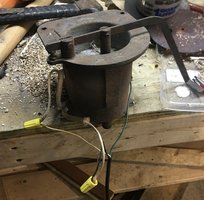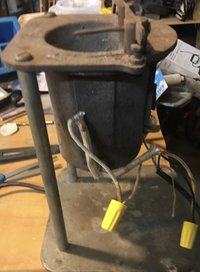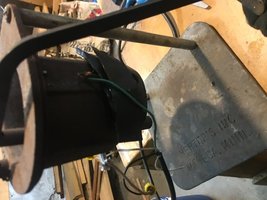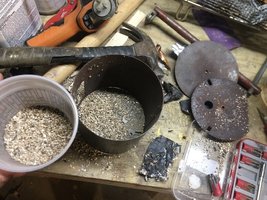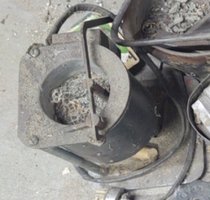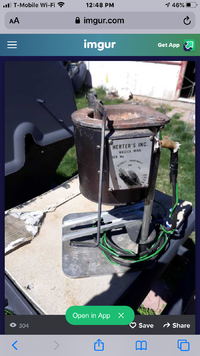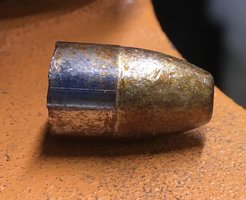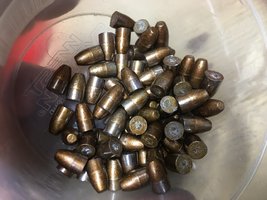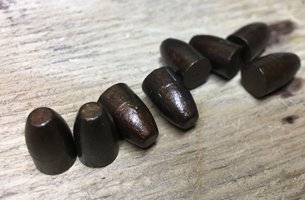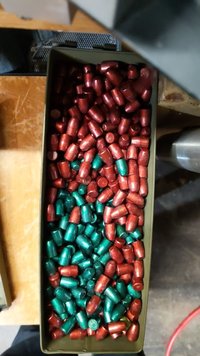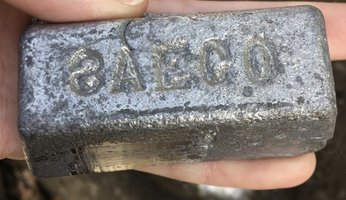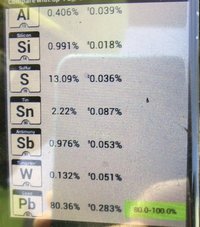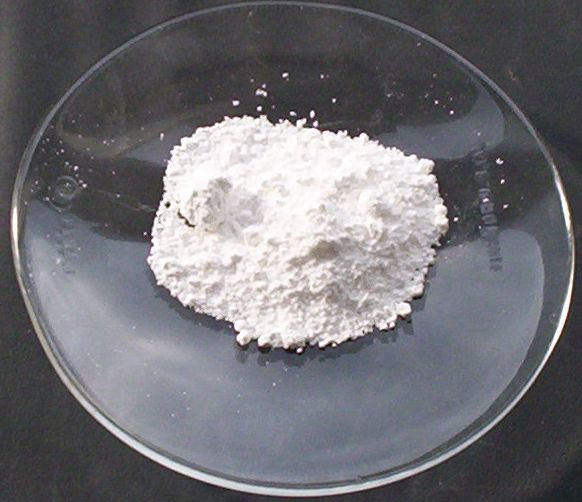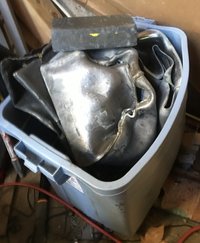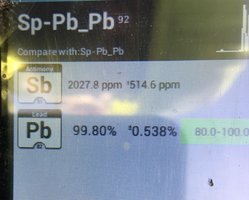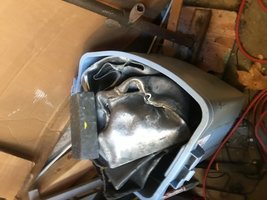They wiped and smashed well.
I’d love one of those boxes. What I d really like is to learn how to make one so I can then make a few for my two bottom pots and the the toaster oven. Thanks for the offer
@pastera
what’s your source for 10ml syringes? The ones I use for epoxy are the type they use to clear a IV line w saline. I don’t think I have one that’s that small to measure 1ml at a time and even if I did, I think the hole at the end might be too small to draw the glitter in the solution through it
@Michael J. Spangler The video was informative. My method was to shake for 15 seconds, flip it over and shake for 3 seconds and then take the cover off and swirl around for another 5-10 seconds and then dump them on the tray. Not once have I had them join in a bunch, so I guess I’m either doing it right or stopping the mixing prematurely, which may leave my bullets under coated or unevenly coated. Maybe....
I do wish I could stop getting that toasted browned look. Maybe I cook too long. 11 mins at 400F. The Lyman thermometer won’t go above 350F in oven and the laser thermometer shot at a small AR 500 target I keep around as a plate says 430F in there. If you look closely in that video above, even this guy seems to have gotten the toasted look. I wonder if more time and less temperature could still cure the coating.

